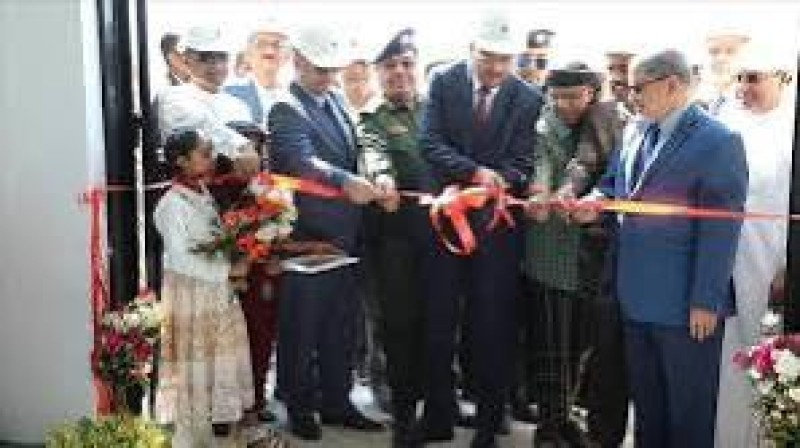Yemen: Analysis on humanitarian access to ‘Hard-to-Reach’ areas in 2021


1. HUMANITARIAN ACCESS RESTRICTIONS IN YEMEN - KEY FINDINGS
EXECUTIVE SUMMARY:
Humanitarian actors in Yemen jointly undertook an analytical exercise to review the quality of access and the severity of access constraints affecting humanitarian operations across the country. The ‘Hard to Reach’ exercise, identifies areas that humanitarian actors cannot regularly access for the purpose of regular sustained humanitarian programming to reach people in need (PIN). This exercise assesses access constraints by looking at a set of three main constraints/restrictions: security considerations related to armed conflict, and limitations related to bureaucracy and geography or lack of infrastructure (logistical constraints). It is meant to inform an overall access strategy for the HCT and identify areas and types of interventions that can improve the quality and sustainability of humanitarians’ access to people in need.
According to the results of the Hard-to-Reach (HTR) analysis for 2021, which was led by OCHA and steered by humanitarian actors, an estimated 10.1 million - 49 percent – of the 20.8 million people in need (PIN) across Yemen, are living in areas affected by access constraints, and the remaining (10.8M, 52 percent) of people in need are living in areas which are comparatively more accessible. The 10.1M people in need who are living in areas where access is more constrained, are located across 1011 sub-districts, 155 districts and 16 governorates in Yemen. The analysis identified that out of 2,148 sub districts, challenges identified in 1,011 sub districts, or 86 percent of those, are related to bureaucratic impediments.
The next common constraint, representing 5 percent of cases, is a combination of security challenges related to intense armed conflict, combined with bureaucratic issues, while there are 3 percent of the sub districts that were affected by all three constraints.
Relatively few access limitations are directly caused by insecurity related to armed conflict or logistical impediments. The vast majority are of issues related to bureaucratic challenges which mainly include denials of movement or access and delays of travel permits.
There are (30 sub districts, 367,000 people in need) being affected by all three access constraints, those areas are as follows: Hajjah comes first with 16 Affected sub districts, 252,178 people in need, then Al Hodeida with 13 sub districts, 103,541 people in need and finally, Ma'rib with one affected sub district and 112,028 people in need. Similarly, the governorates that are affected by both security-related and bureaucratic constraints, include locations where humanitarian operational planning has often been adapted to changes in the situation and conflict dynamics, in order to maintain or gain reach to people in need over the course of the year: Al Hodeidah, Ta’iz, Sa’dah, Al Jawf, Sana’a, Hajjah, Ad Dali’ and Lahj. Improving the quality of access to people in these areas will likewise require a tailored approach as part of the Humanitarian Response Plan for 2022. For more details on the types of access constraints that were found to be distributed between districts, please refer to the annex, figure 1
The analysis is drawn from baseline data and mapping, that is then reviewed by humanitarian actors in each hub, in a focus group setting, as well as in the Humanitarian Access Working Group and a steering committee set up for this exercise.
In summary, in 2021, humanitarian actors in Yemen continued to experience a challenging access environment, characterized by delays and denials of humanitarian activities and travel permits, interference in humanitarian activities by local authorities and humanitarian access constraints caused by an increased intensity of the armed conflict. Humanitarian access impediments across Yemen have continued to make it difficult for humanitarian actors to maintain regular, sustainable, and principled humanitarian activities in multiple areas of the country. This product provides the analytical basis to inform a strategy to improve the quality of access which is targeted to address the respective issues.

Aden -- Yemen Airways has announced the cancellation of the mandatory round-trip ticket requirement for passengers traveling from Yemen to Saudi Ar…

Aden — Ports under the authority of Yemen’s internationally recognized government have received more than two million metric tons of fu…

Mukalla — Local authorities in Hadramout have announced the inauguration of Yemen’s first solar-powered cement station, a landmark proj…